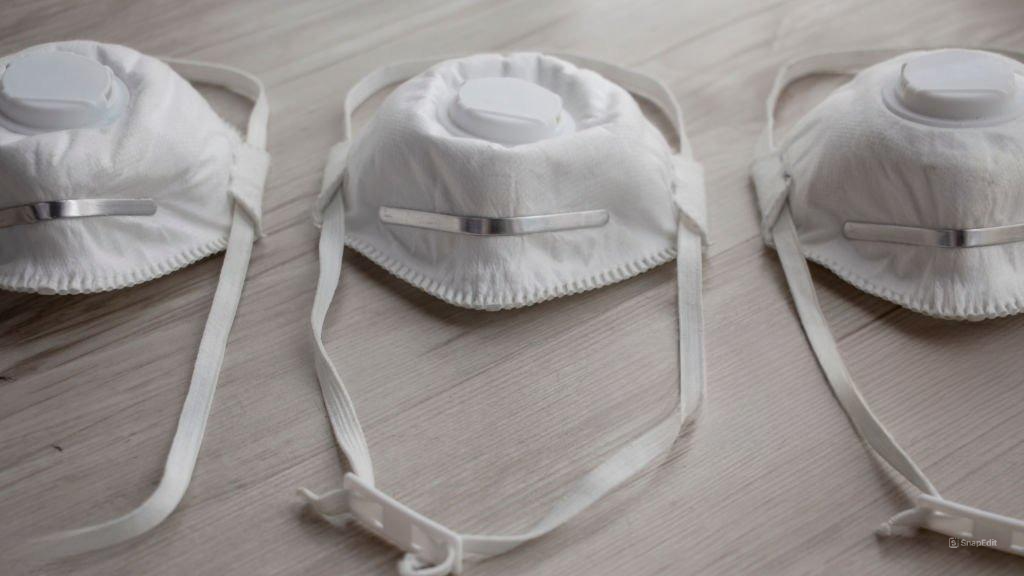
Disposable face masks: an overview
10 October 2022Disposable face masks encompass a wide range of masks that cover the mouth and nose, designed for single use. These include surgical masks (FFP1), as well as FFP2 and FFP3 masks. They usually consist of multiple layers of non-woven material, such as polypropylene, and offer protection against airborne aerosols and dust particles. These masks have become popular during pandemics like COVID-19 but are also routinely used in medical and industrial settings.
What is a dust mask?
Disposable dust masks, also known as Filtering Face Piece (FFP) masks, are designed to protect the wearer from harmful airborne particles. These masks are divided into three categories based on their level of protection. FFP1 masks have a protection factor of 4, while FFP2 and FFP3 masks have protection factors of 10 and 50, respectively. The protection factor indicates how much cleaner the inhaled air is compared to the air outside the mask. For an FFP1 mask, the inhaled air is four times cleaner than the ambient air. This classification system helps users choose the right type of mask depending on the specific environment and risk of exposure to harmful particles.

Advantages of disposable face masks:
- Affordable for sporadic use: All types of disposable face masks are generally affordable, especially when purchased in bulk. This makes them economically attractive for occasional use, such as for one-time or short-term sawing or milling work.
- Quick and Easy to Use: They are simple to put on and take off, without requiring complicated instructions or adjustments. This makes them particularly convenient for people who need quick protection without much hassle.
- Lightweight: The lightweight material of disposable face masks makes them comfortable to wear for short periods. However, they quickly become uncomfortable if worn for extended periods.
Disadvantages of disposable face masks:
- Uncomfortable for long-term use: Even high-quality FFP2 and FFP3 masks can become uncomfortable after prolonged wear. The elastic bands can cause irritation behind the ears, and the tight design can cause breathing difficulties for some users. The filter material creates extra breathing resistance, requiring the wearer to pull air through the mask with more effort.
- Expensive for regular use: For individuals who need to wear a mask daily, the costs can quickly add up. Disposable masks must be discarded after each use, making them more expensive in the long run compared to reusable alternatives.
- Limited protection: Although FFP2 and FFP3 masks have a higher filtration level than surgical masks, they still offer limited protection against certain particles, such as fine particulates. Additionally, they must be worn correctly and replaced regularly to remain effective, which can be challenging for some users.
Alternative to disposable face masks
There are several alternatives to disposable face masks. The most comfortable and best protective alternative is the so-called powered air-purifying respirator (PAPR). These devices consist of a motor unit that draws in ambient air and filters it. The clean air is then continuously blown towards the user’s face. Users do not need to pull air through the filter themselves, and the motor creates an overpressure of clean air in the face shield. Therefore, these solutions score much higher in terms of comfort and protection level than disposable face masks.
While disposable face masks must be discarded after each use, powered air-purifying respirators are reusable and can last a long time with proper maintenance. This makes them more cost-effective in the long run, especially in environments where regular protection is needed.
Consult our comparison of various respiratory protection options for the pros and cons of each solution. Depending on the situation and the type of pollution, you should consider what best meets your needs.
Want to know more? Get in touch!
Curious about the possibilities for your company or organisation? Get in touch and we will be happy to help.